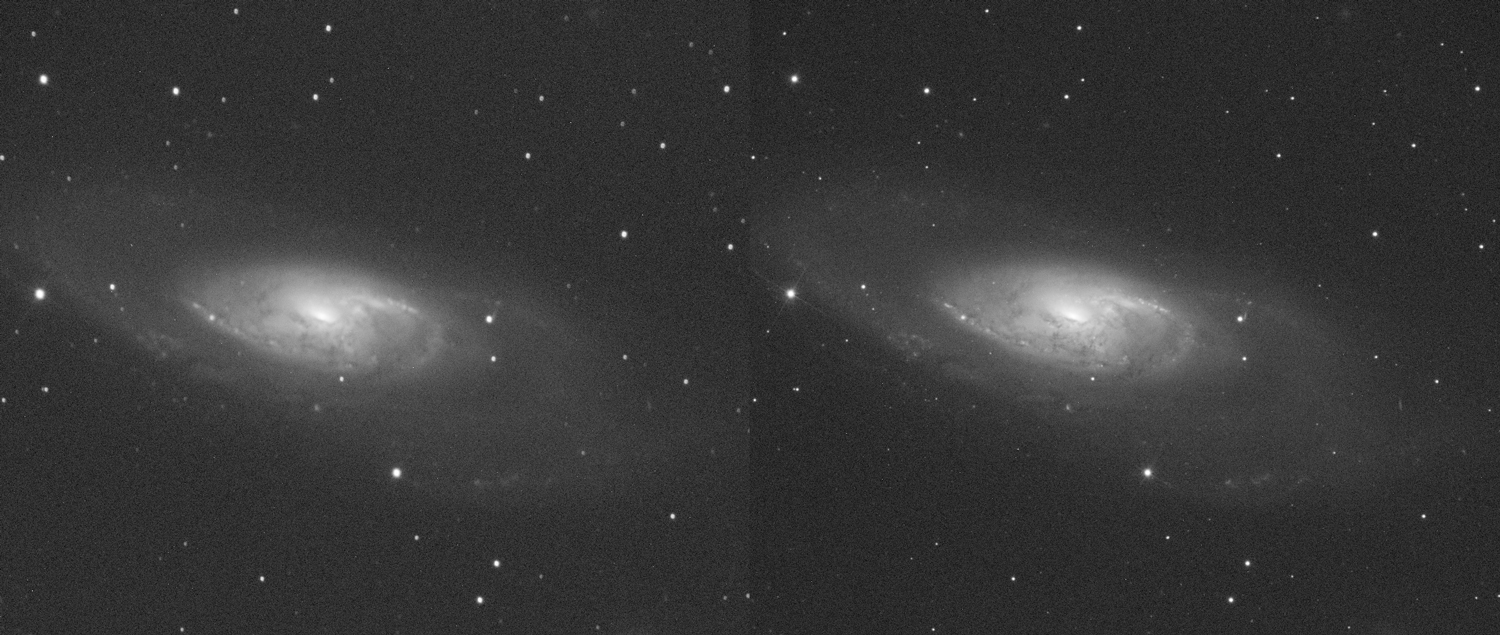
“A Mini Hubble in My Backyard”: The Astrophotography Journey of David Cruz
By day, David Cruz works as a digital designer. By night, he designs something far greater — images of the universe itself. “Since I was young, I was always interested

Astrography under a good astronomical seeing is the main desire for astronomers all around the world. Seeing is the most important factor for DSO or planetary image quality. Practically all professional observatories are located on locations with sub-second seeing, where seeing values are below 1 arcsec, but amateur astronomers are doing astrography under the sky where is the common seeing between 2 – 5 arc seconds. What does this mean in the practice? Seeing conditions can be estimated by several types of scales e.g. Antoniadi Scale, Mt. Wilson Seeing Scale, Pickering scale, Tombaugh/Smith Double Star Scale, Environment Canada Scale, etc. One very popular is the Pickering scale which is divided into numbers from 1 to 10. Number 1 shows a very poor seeing and number 10 shows excellent seeing conditions. However, measuring of angular sizes of the almost pointy stars is more professional than measuring seeing by Pickering scales. For example in astrography, seeing can be measured in arc seconds with FWHM (Full Width Half Maximum) method with the appropriate software. FWHM is determined in arc seconds where the higher value of FWHM means worse observing conditions.
Let’s see one practical example. At our ZWO observatory we have made one simple test, where we have been capturing a series of Messier 106 (Messier 106 is an intermediate spiral galaxy in the constellation Canes Venatici.) images with 30-cm astrograph, G53F Friction Drive Mount and ASI1600MM-Cool and LRGB filters. The image resolution was 0.65 arcsec/px and exposure of a single image was 200-seconds. We analyze all of our images with software and got very interesting values.




By day, David Cruz works as a digital designer. By night, he designs something far greater — images of the universe itself. “Since I was young, I was always interested

bbrown_admin, October 30, 2025 INITIAL IMPRESSIONS: The ZWO ASI585MC Air came well packaged from the manufacturer. The box is improved and has an impressive feel with a magnetic closure on

– Q3 ASIWEEK Winner Gianni Lacroce’s Astrophotography Journey Hi, I’m Gianni Lacroce, an Italian astrophotographer. My passion for the night sky began long before I owned a telescope or a

INTRODUCTION My name is Marzena Rogozińska. I live in Bytom (Poland) and work as a psychologist and pedagogue at two schools. I would like to thank you for honoring my

Two years after winning #44/2023, Robert Eder, a sound engineer from Vienna, Austria, has once again claimed victory with #27/2025 ASIWEEK, returning to share his astrophotography journey. Combining technical skill
1 Comment
Stargazer
The pictures look amazing! Thanks for sharing this. -jack